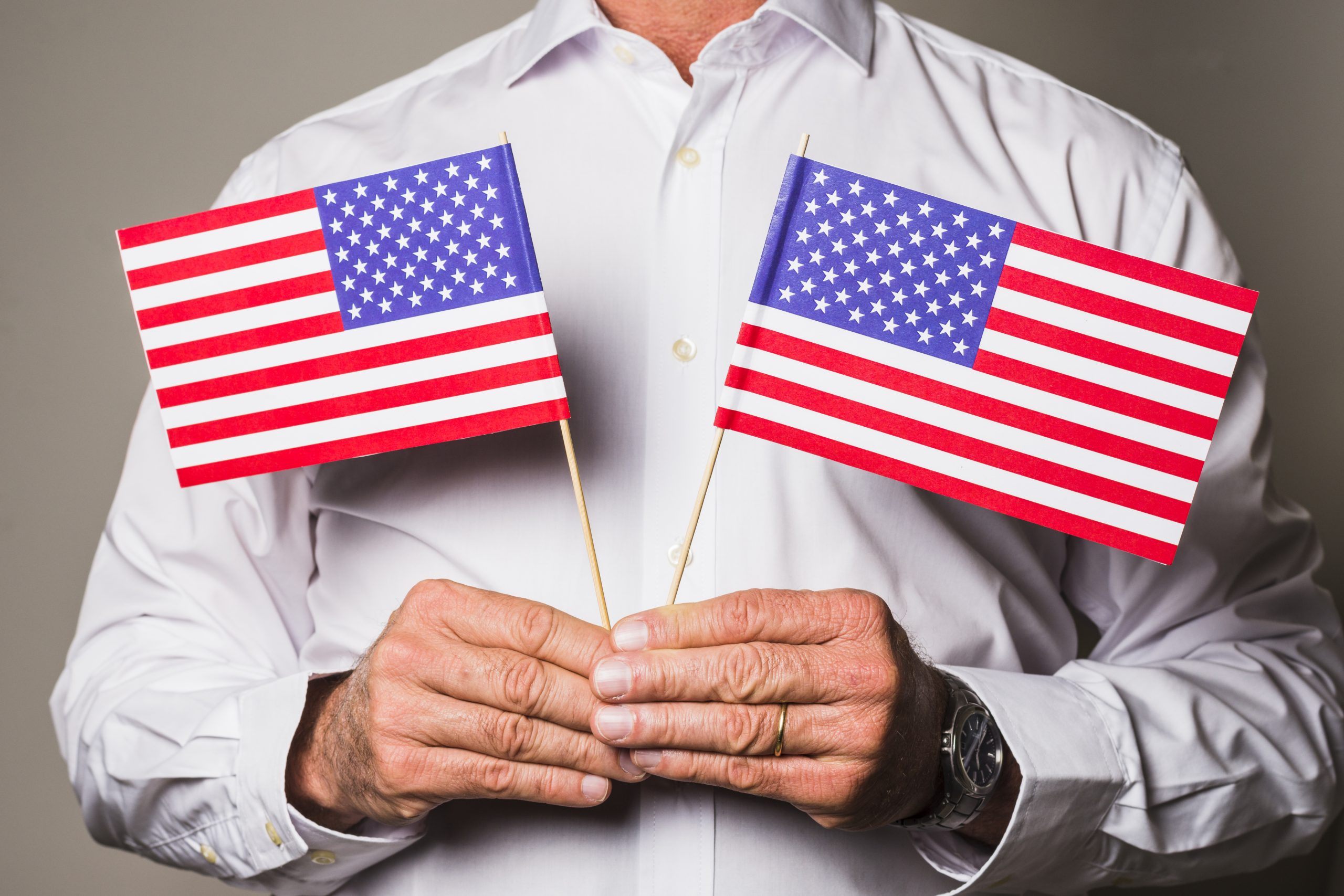On April 9, 2025, President Donald Trump announced a 90-day pause on most of his proposed international tariffs. This decision followed a period of heightened market tension and widespread calls from trading partners for renewed negotiations. While the pause brings temporary relief for U.S. importers, it also creates a narrow window of opportunity to reassess strategies and prepare for future changes in the trade environment.
This article explains what the tariff pause means for U.S. businesses, what steps importers should consider now, and how to protect your bottom line during these uncertain times.
Understanding the Tariff Pause
The new policy reduces tariffs to a 10% baseline for most countries. However, China remains an exception, with tariffs hitting 125%. Policymakers introduced the move to ease market tensions and allow time for negotiations. Investors need to note that:
- After 90 days, the U.S. could reimpose higher tariffs unless negotiators reach new agreements.
- The pause applies selectively. While many products return to a 10% rate, other sectors, like critical technology components, may face steep increases.
What This Means for U.S. Importers
The 90-day pause is more than just a break in tariff increases—it is a chance for importers to adjust and prepare. During this time, businesses can:
Review Existing Supply Chains
Identify which components or raw materials come from countries affected by potential future tariff hikes.
Explore Alternative Sourcing
Find suppliers in countries with better trade terms or lower tariffs. This may include diversifying your supplier base to reduce risk.
Stock Up on Key Inventory
Consider increasing inventory levels of high-demand items that may become more expensive once the U.S. reimposes higher tariffs.
Engage in Policy Advocacy
Join industry groups or business councils that lobby for fair trade practices. Stay engaged with policy updates that can affect your importing strategy.
Reassess Pricing Structures
Analyze how upcoming tariff adjustments could affect your cost structure and revise pricing strategies if needed.
Strategic Actions for Importers
While the pause is temporary, strategic planning now can lead to long-term savings and stability. Some key actions include:
Utilize Duty Mitigation Programs
Consider using Foreign Trade Zones, bonded warehouses, or duty drawback programs to reduce duty costs.
Review Product Classification
Double-check that you’ve correctly classified your products under the appropriate tariff codes. Misclassification can result in unnecessary duties and delays.
Monitor Regulatory Updates
Keep a close eye on announcements from the U.S. Trade Representative (USTR) and the Department of Commerce. Being informed can help you react promptly to any changes.
Strengthen Customs Partnerships
Work with customs brokers, like Clearit USA, who can help you navigate regulatory complexities and ensure smooth clearance for your goods.
Plan for Flexible Supply Chains
Build flexibility into your supply chain to quickly shift suppliers or adjust transportation routes if tariffs change.
Impact on North American Supply Chains
The tariff pause affects more than individual import costs; it has broader implications for North American supply chains. U.S. companies that source goods from Canada and Mexico have built their processes around predictable duty rates. The following points cover these impacts:
- Companies may need to revisit contracts with suppliers in affected countries. This can lead to short-term delays and cost increases.
- Tariff fluctuations may force businesses to pay higher duties unexpectedly. Rising tariffs could lead to higher production costs, which companies may then pass on to consumers.
- Firms must invest in systems to track tariff changes and adapt logistics accordingly. Reliable data and proactive planning are crucial.
Next Steps for Importers
As the tariff pause window remains open, importers should:
- Review their current operations and identify any areas that may be at risk of future tariff increases.
- Create backup strategies for sourcing and logistics to prepare for a scenario where the government reimposes tariffs.
- Educate their staff about tariff regulations and supply chain management to build internal expertise.
- Set up periodic meetings with your customs brokerage partner to discuss regulatory updates and adjust strategies accordingly.
By taking these practical steps, businesses can not only save on costs but also improve long-term resilience in the face of policy changes.
Conclusion
The current 90-day tariff pause is a crucial period for U.S. importers. While it provides temporary relief from steep duties, it also signals uncertainty ahead. Importers must use this window to review supply chains, adjust sourcing strategies, and engage with regulatory updates. Taking proactive measures now will help ensure that when tariffs eventually change, your business is well-prepared.
Clearit USA is here to help you navigate this complex landscape. Our team of experts and customs brokers will work with you every step of the way, ensuring your shipments clear smoothly while you keep costs under control.






